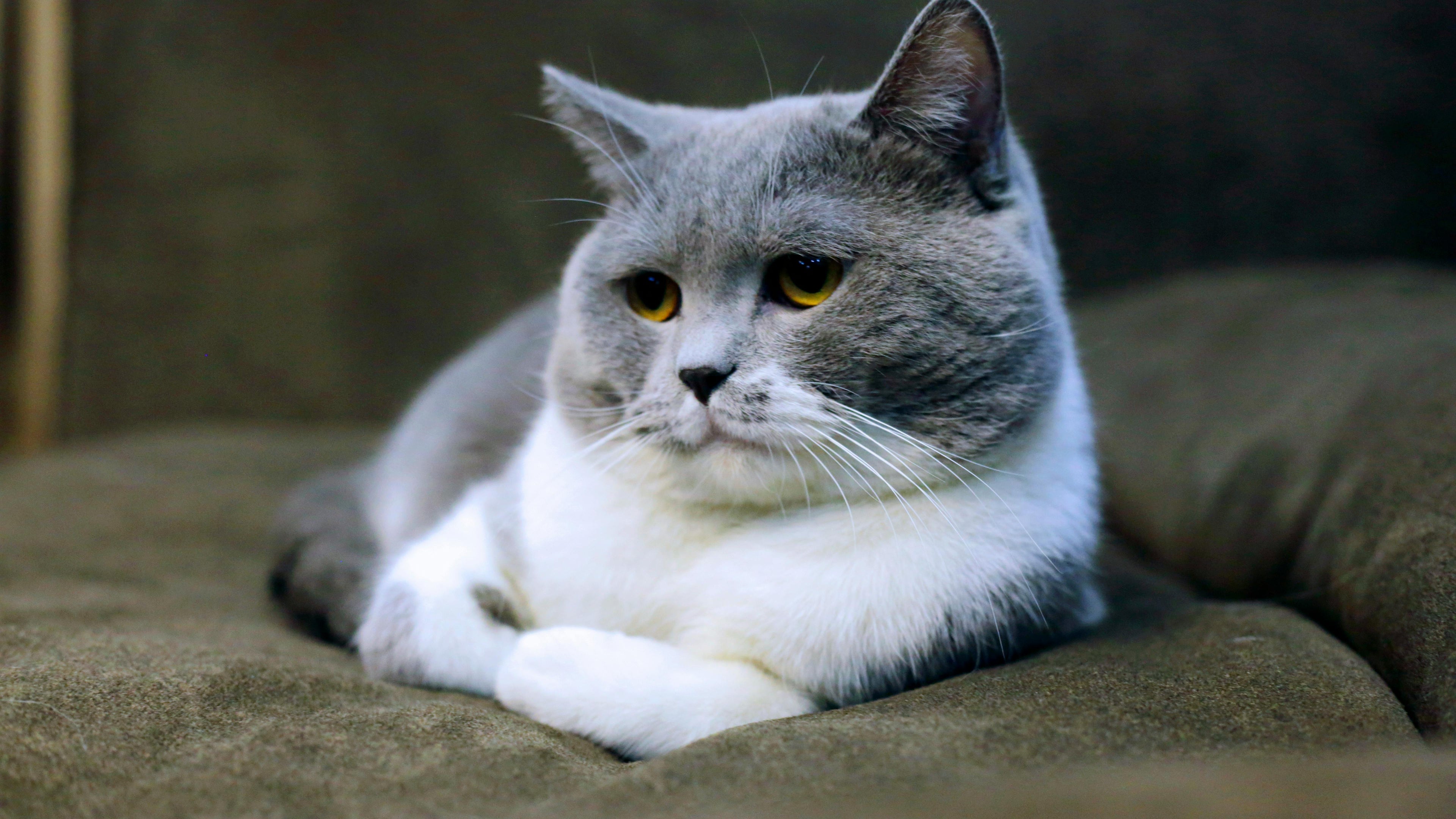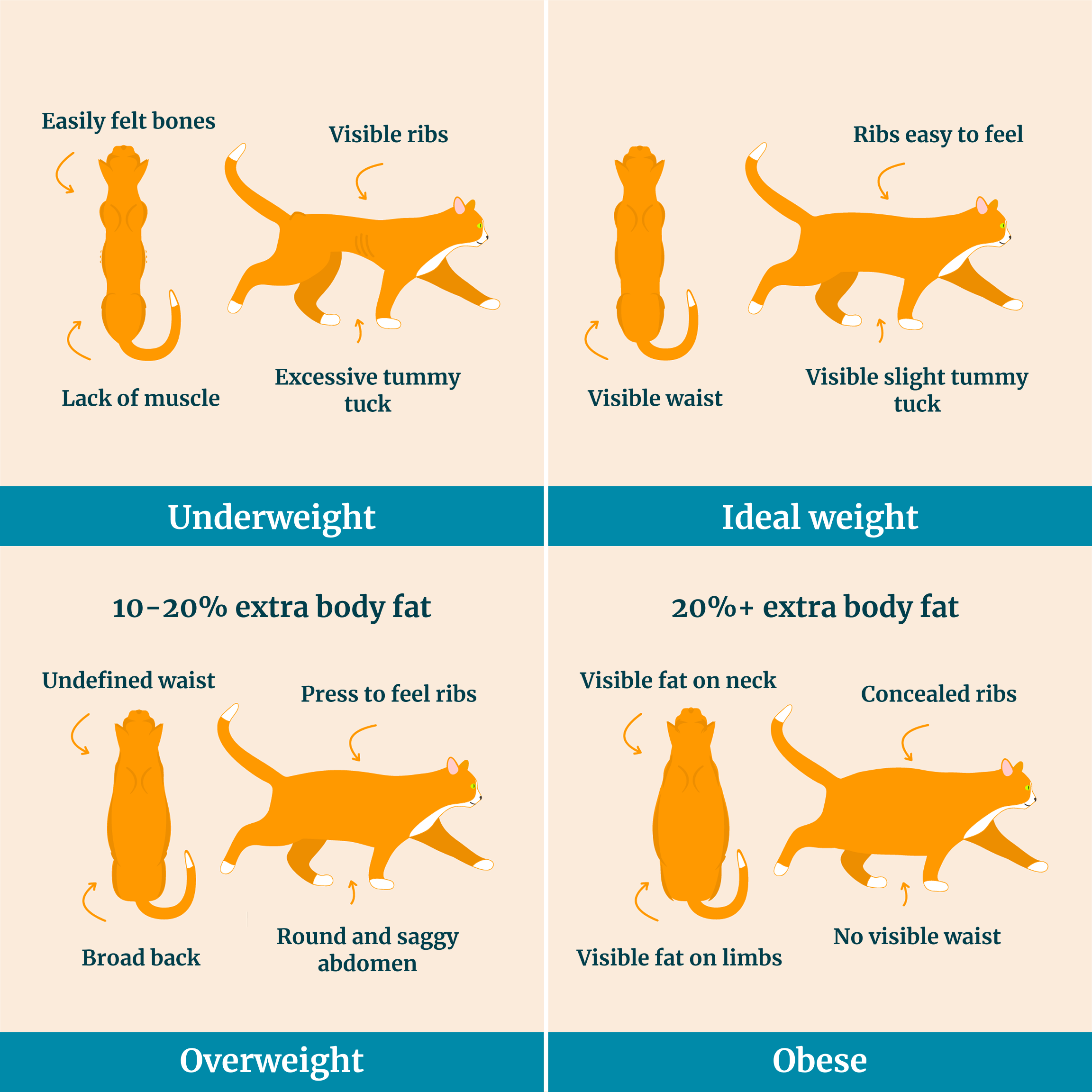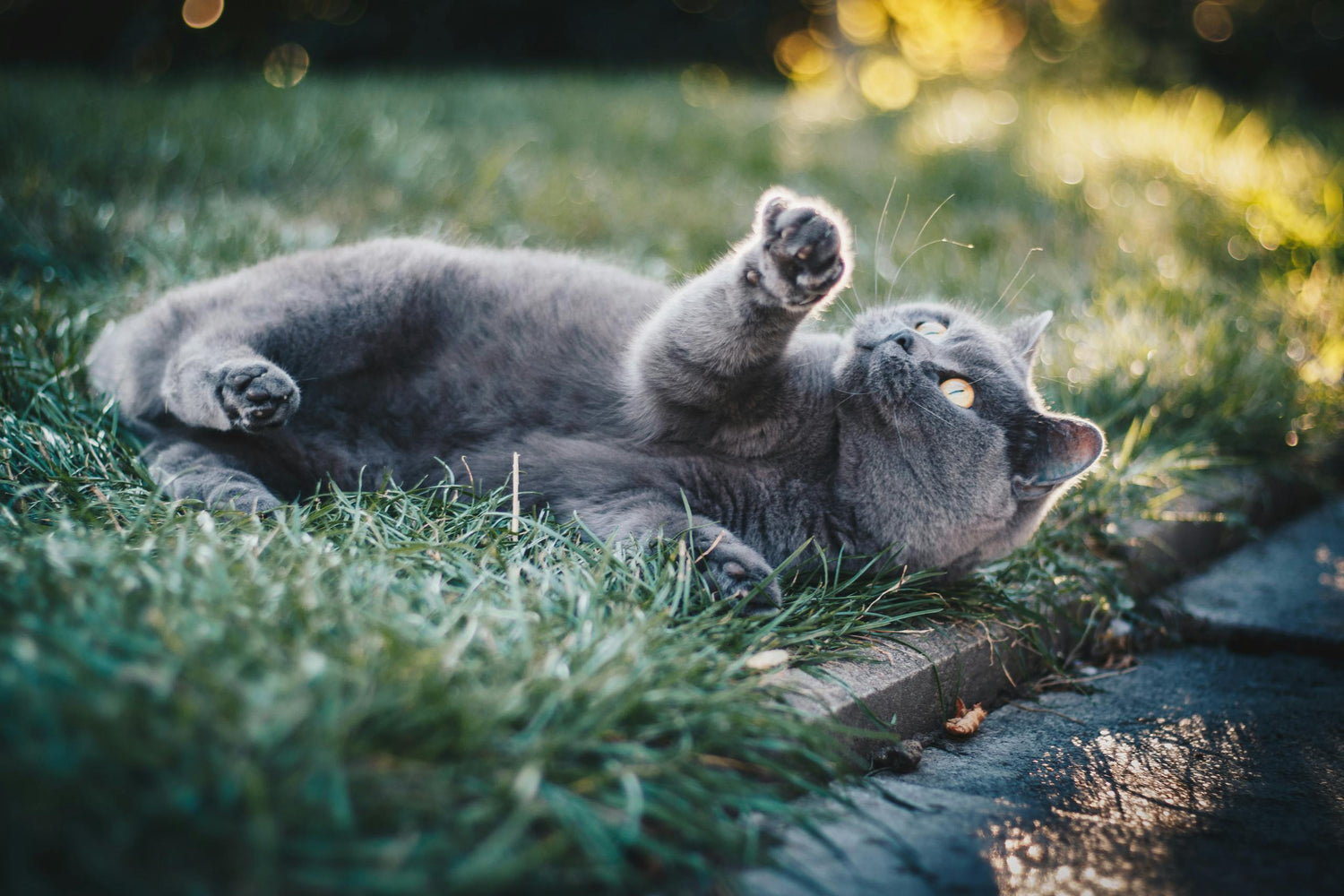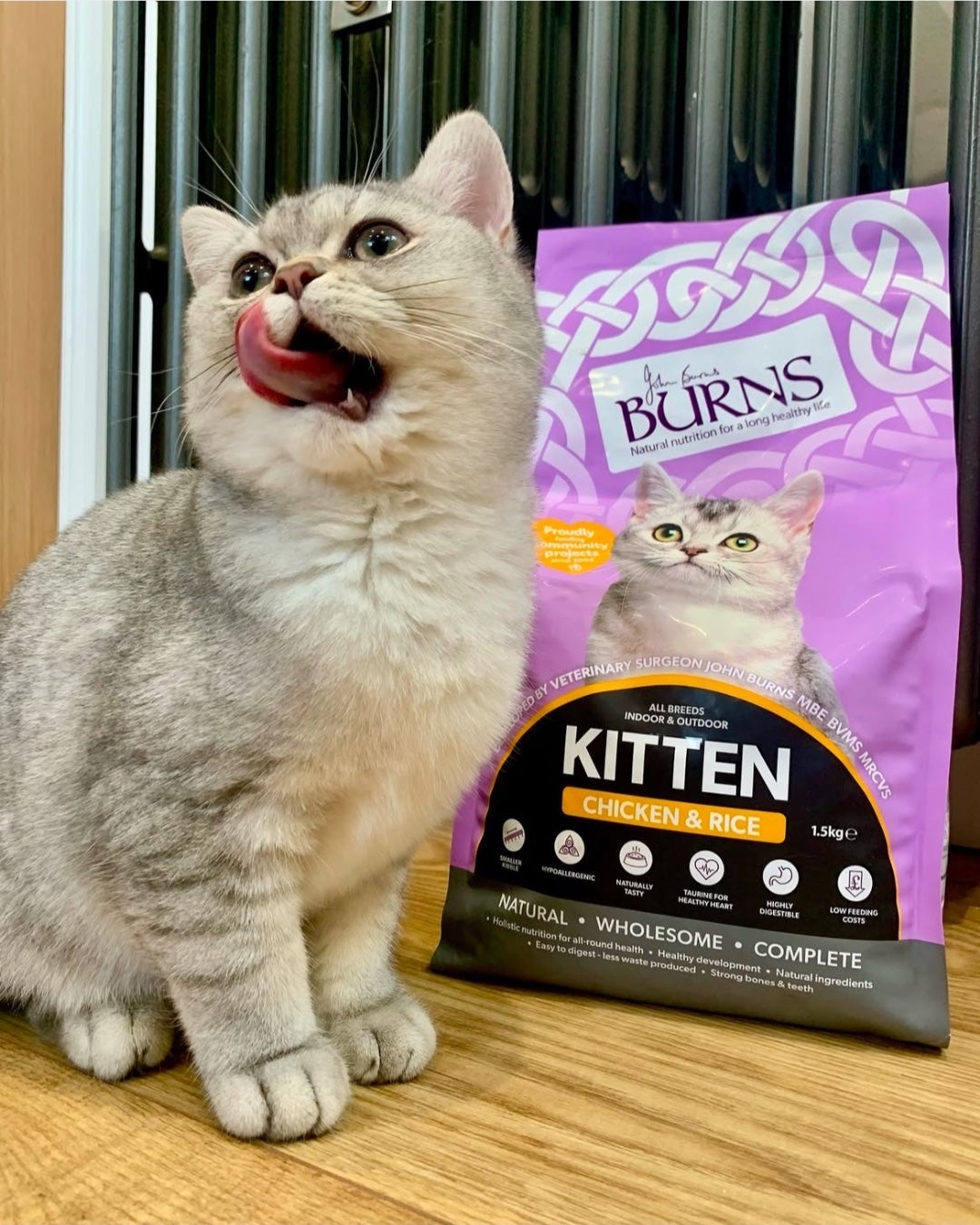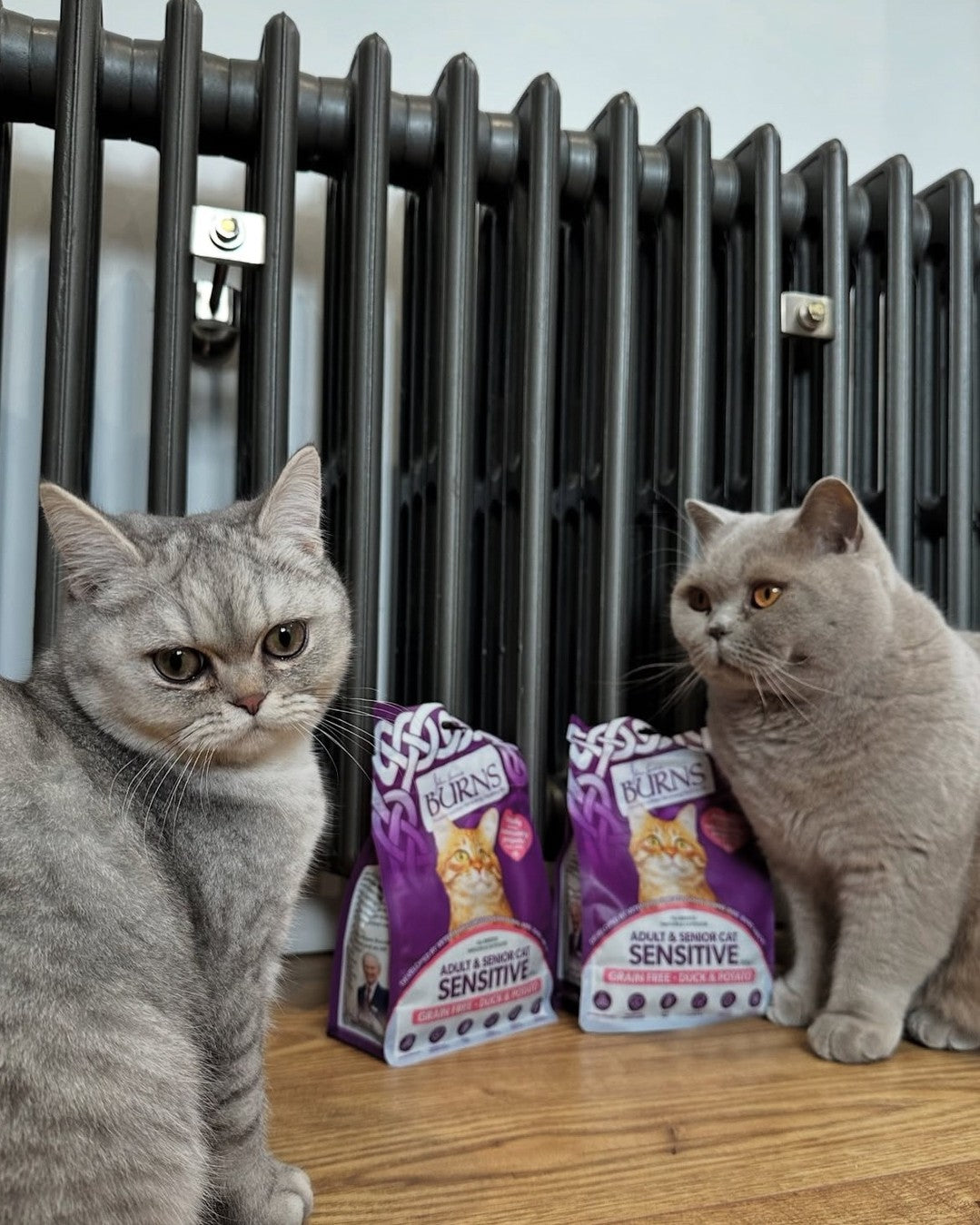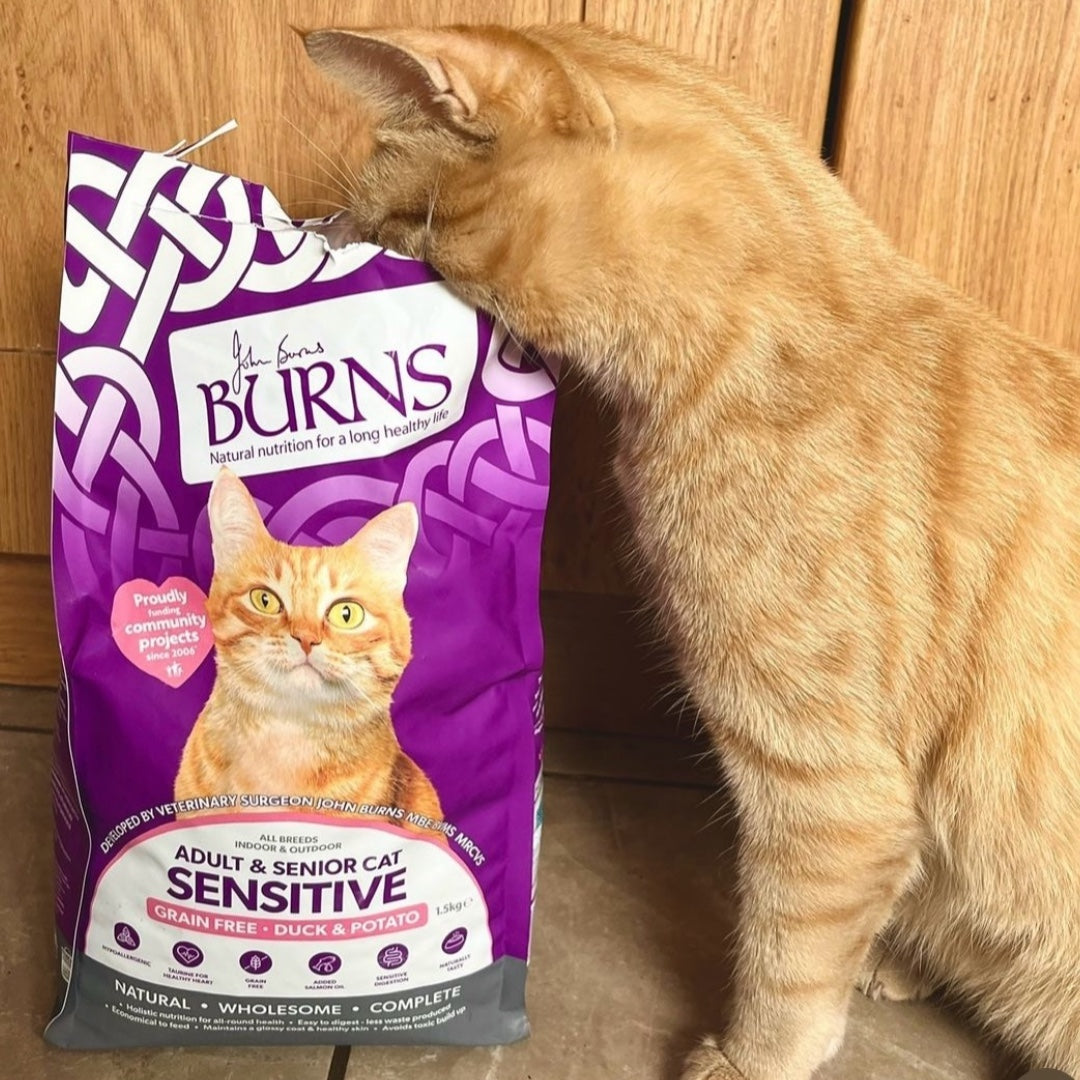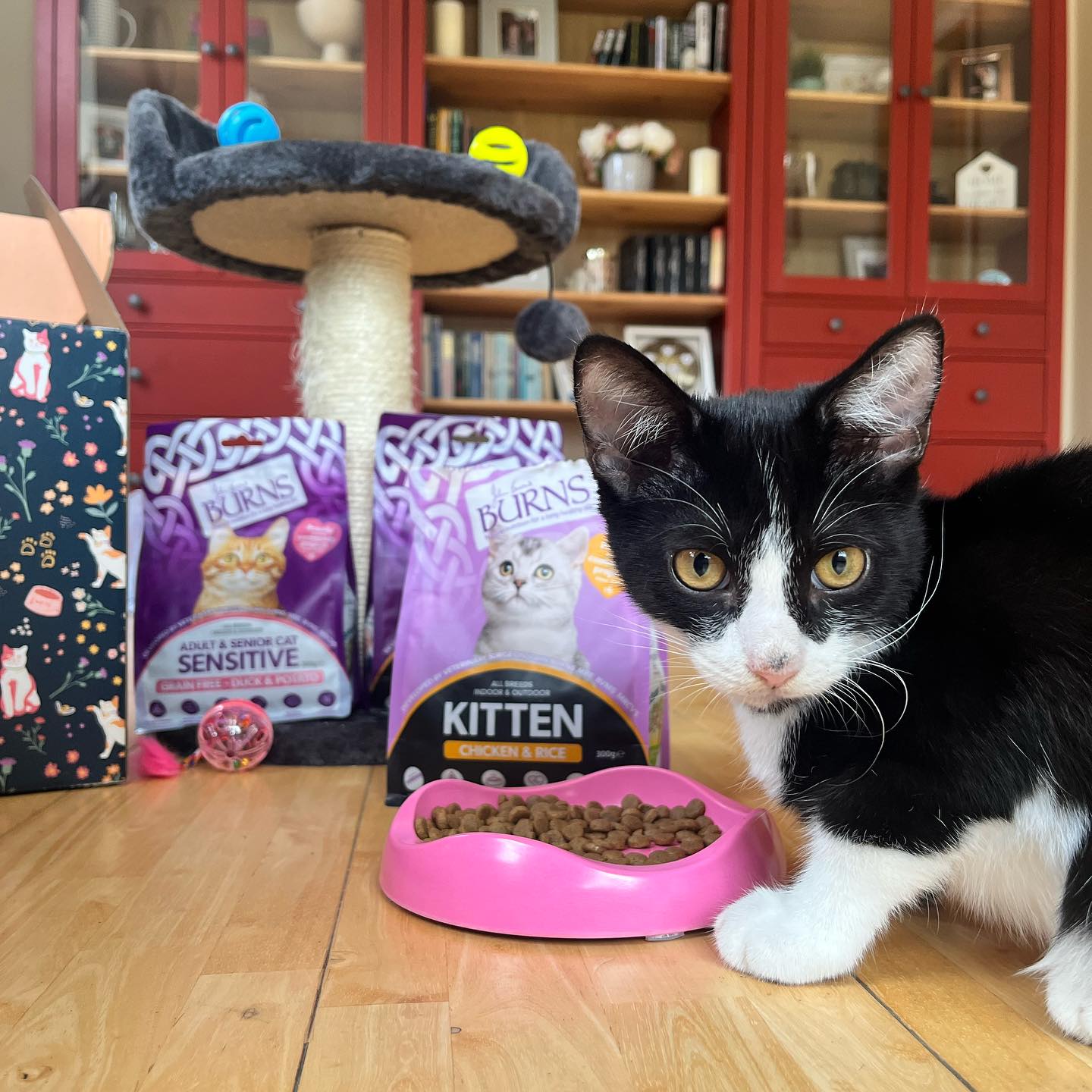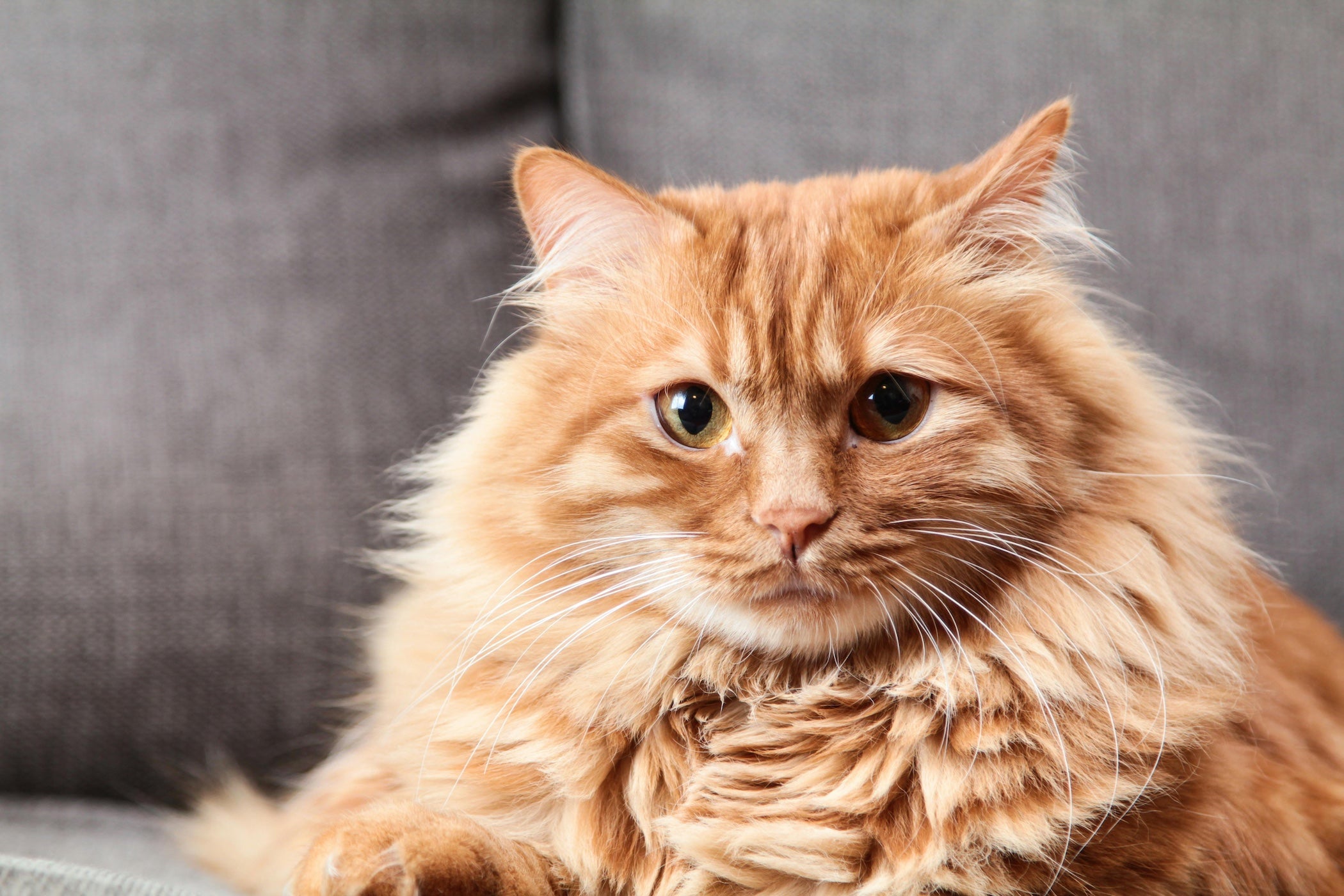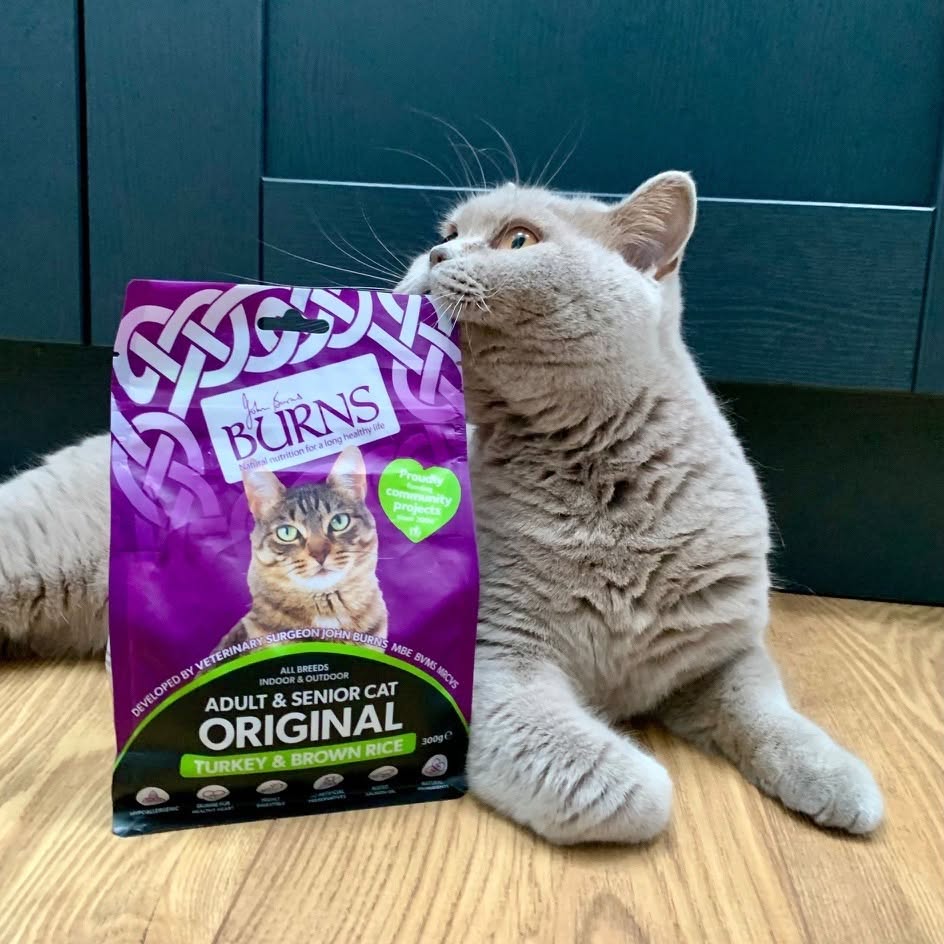
Do I have an overweight cat? And what can I do about it?
As a cat lover, we imagine you will go to great lengths to ensure the health and happiness of your feline friend. From providing a balanced diet to booking regular vet appointments, you strive to give them the best possible care.
Whilst it can be easy to spot if your cat isn’t feeling very well, it can be difficult to tell if they are carrying a few extra pounds. With various health risks related to cat obesity, it is important that you know how to properly manage your cat’s weight. If you are unsure whether your cat is overweight, speak to your vet or take a look at the body condition chart below. This should help to identify your cat’s body type and shape.
What is the average weight of a cat?
Average domestic cats should weigh between 4 and 5 kilograms. However, this can vary depending on the breed of your cat. For example, if you have a male maine coon cat at home, you can expect them to weigh as much as 7 to 11 kilograms. If you want to find out the ideal body weight of your cat, we would recommend asking at your next visit to the vet. They will be able to provide you with an accurate number, as well as check whether your cat is currently a healthy body weight.
Cat Body Condition Chart
How to tell if my cat is overweight?
It can be difficult to tell if your cat is overweight, this is only made more challenging if they have long hair or fluffy fur. However, there are a few signs you can try to look out for. If your cat is a healthy weight, you should be able to feel their ribs with a slight fat covering. You should also be able to see an abdominal tuck when looking at your cat from the side and above. This is when there is a slightly smaller diameter behind your cat’s ribs, similar to a human waist.
If your cat is overweight, you may struggle to feel their ribs through their fur. You may also find it harder to spot an abdominal tuck when looking at your cat from the side or above. This is where the abdomen is starting to become rounder due to excess body fat.
What are the health risks of an overweight cat?
Unfortunately, overweight and obese cats are at an increased risk of health problems. So, if you do not take the required steps to bring your cat back down to a healthy weight, it can put them at risk of the following conditions.
How to help my cat lose weight?
If your cat is overweight or obese, it’s important you put a weight loss plan in place as soon as possible. This will help to decrease the risk of any weight-related health issues, allowing your cat to live a long, happy and healthy life.
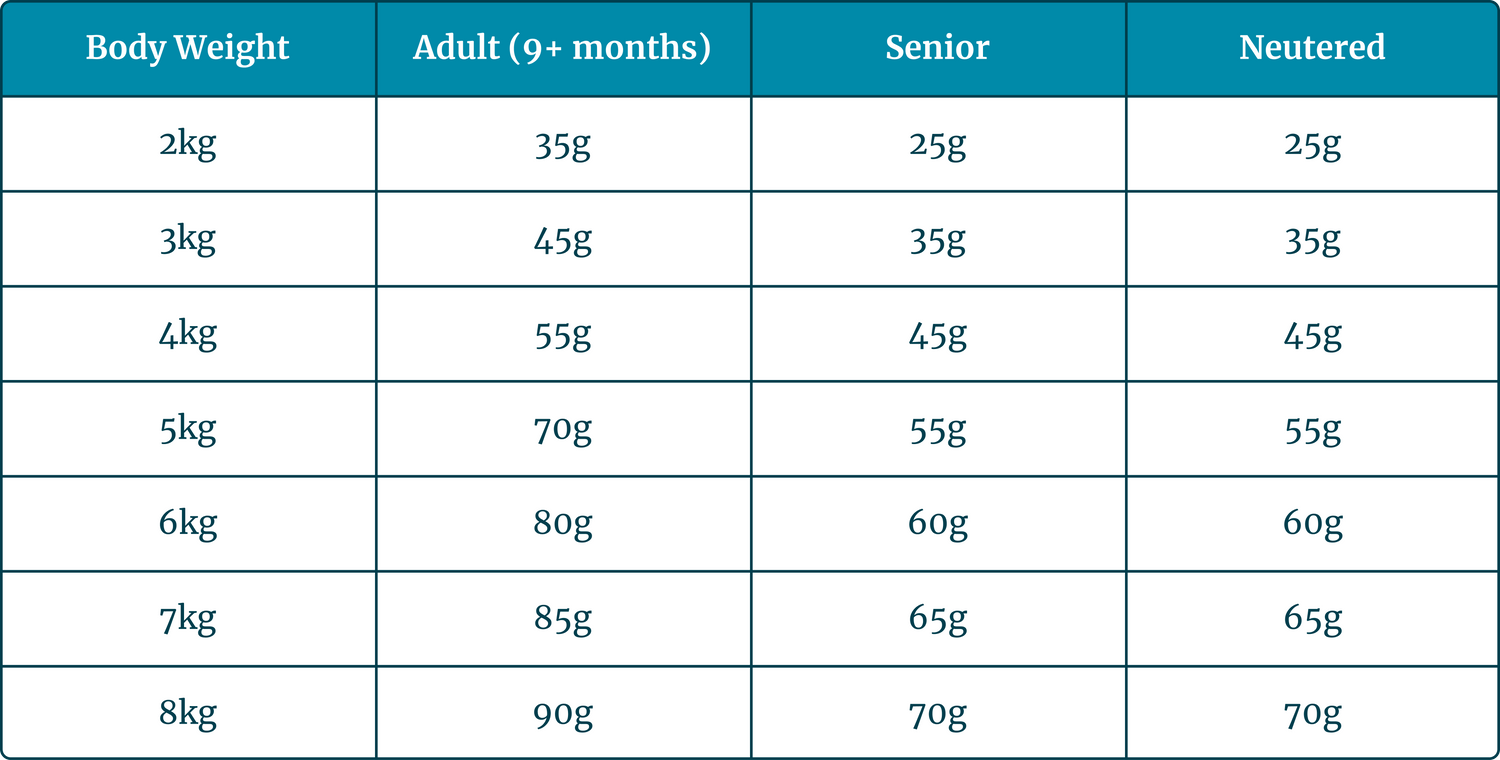
How much to feed an overweight cat?
One of the main reasons that there are so many overweight cats is because their owners overestimate the amount of food they need. Especially if a cat is licking their bowl clean at every meal, some owners see this as a sign that they are still hungry. However, it’s important you don’t give in to their every demand, no matter how cute they may be!
Maintaining a healthy weight for your feline friend is crucial for their overall well-being. By understanding the health problems and evaluation methods, you should be able to properly manage your overweight cat’s diet. However, it’s important to remember that your cat’s weight loss won’t happen overnight and it may take several months for them to reach their ideal weight.

